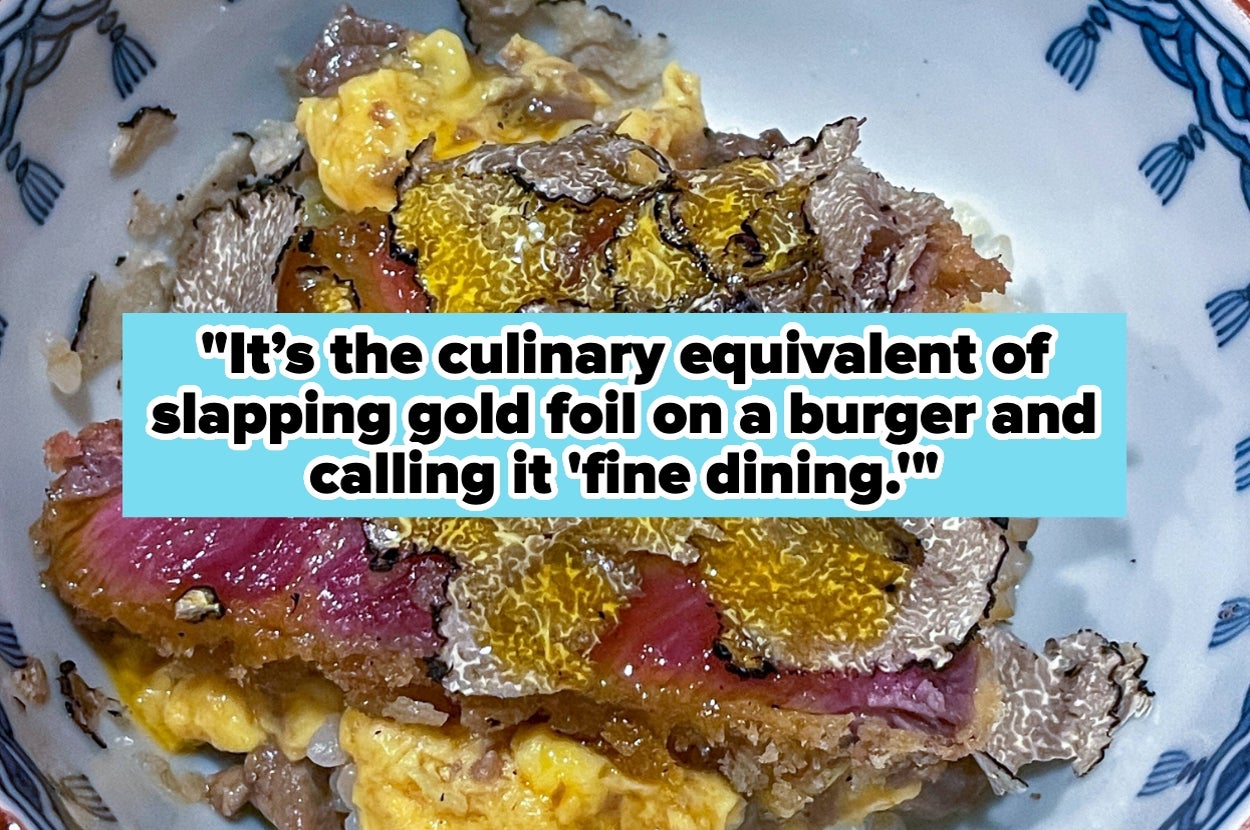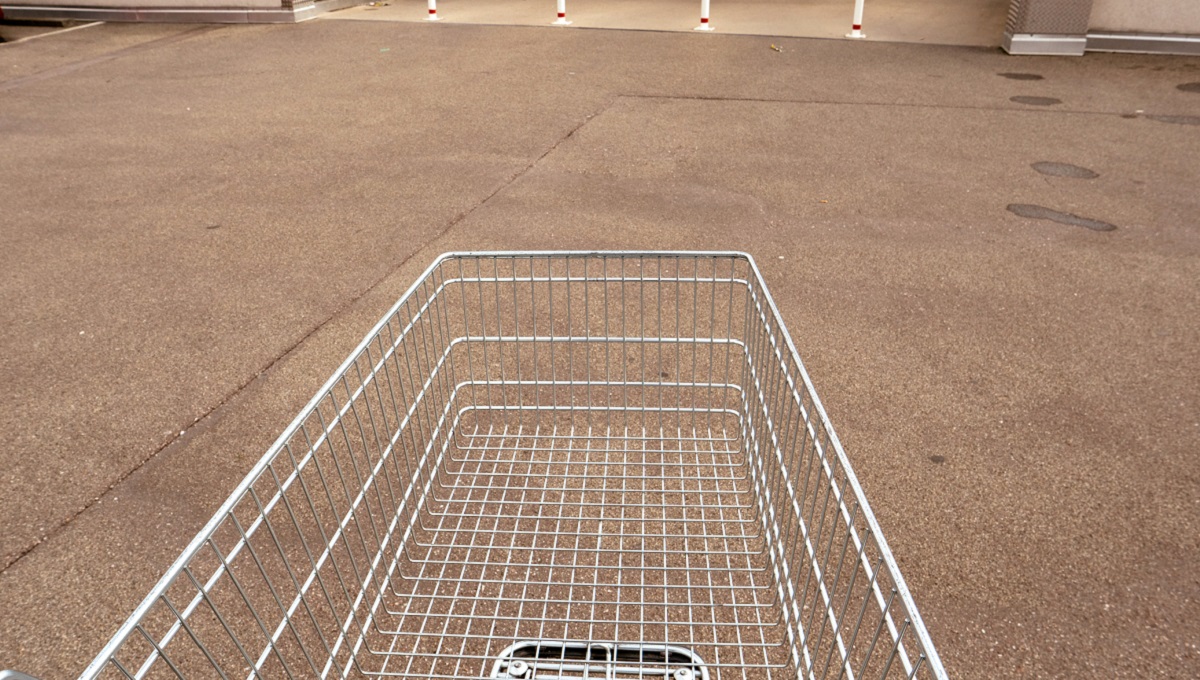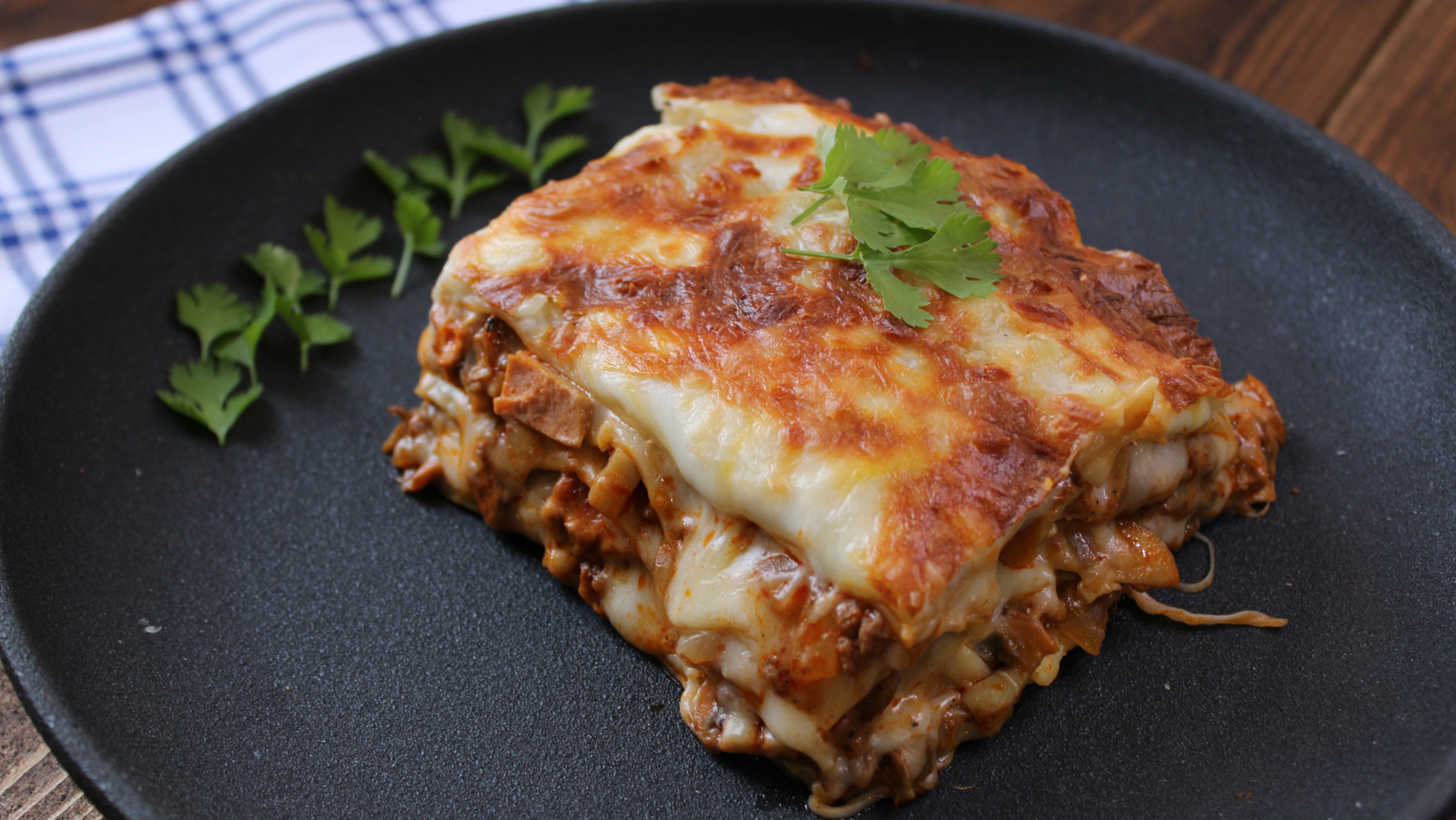
Don’t get me wrong — I like truffle. I’m not above inhaling a basket of truffle fries or indulging in a rich truffle pasta. But lately, truffle has gone rogue, infiltrating every corner of the dining scene with reckless abandon.
“Truffles and truffle products have become a mainstream ingredient. These days, you can find them in almost any grocery store with a specialty or fine foods section,” says Chef Pawan Pinisetti, executive chef of Sérêvène in Miami. “From 2000 to 2015, you mostly saw them in highly distinguished dining establishments and, at best, in higher-end markets like New York , San Francisco, Chicago, Los Angeles, and Las Vegas .

Now, they’re everywhere.” 🍄 So, what's the deal? Not all truffles are created equal. Consider the three tiers of truffle-dom .
Real truffles have even inspired an entire underground crime syndicate. It sounds fake, but here we are — CNN even covered it . Schwartz reminds us, “Like any good ingredient, it’s all about quality.
There are some amazing truffles: Périgord black truffles, white truffles from Alba, and summer truffles. And if you have a good guy spending time sourcing, trust your source. There are also really bad quality truffles, especially with the saturation and popularity; a lot of truffles get watered down.
If you want great truffles, it’s pricier, but you get what you pay for.” Much like your weed guy, you gotta know your truffle guy. 🍄 The point is.
.. Because of its reputation, truffle often pops up in restaurants with no real connection to its origins.
The concept is disjointed; an afterthought rather than an enhancement. It’s the culinary equivalent of slapping gold foil on a burger and calling it "fine dining." Too often, chefs and restaurant owners shrug and say, Sure, let’s put truffle on it , as if that alone justifies a higher price tag.
Schwartz acknowledges that truffle absolutely has its place, particularly in Italian and French cuisine, where it’s deeply rooted in tradition. But in recent years, it’s become a bit too much. Pinisett agrees, saying truffles have been overdone to the point where, thanks to truffle oil, they may no longer even constitute a luxury ingredient.
“Luxury only feels like a luxury when access is limited. If it’s available everywhere, every time..
. it’s pretty basic.” Pinisett argues that chefs should just focus on making good food instead of chasing trends, but even he acknowledges that we all fall victim to the art of good marketing.
“Yesterday, it was the white Japanese strawberry. Today, it’s the Dubai chocolate. Tomorrow, it’ll be a triangular-shaped potato.
” And he’s not wrong. We love a trend. But at what point does a luxury ingredient lose its luster? So yes, I love truffle — when it’s appropriate.
But let’s be real: seeing truffle on a menu doesn’t automatically mean a restaurant is high-end. More often than not, it just means they’ve drizzled some synthetic oil over fries and tacked on an upcharge. And that’s fine.
I understand my $12 truffle fries aren’t shaved with wild-foraged Italian truffles. I get it. But I’m just asking for some discretion.
Fake truffle oil and farmed truffles have their place (let’s be honest, who can really afford a paperclip’s worth of real truffle for $5–10...
in this economy?). But restaurants need to chill. Not everything needs to taste like truffle.
.














